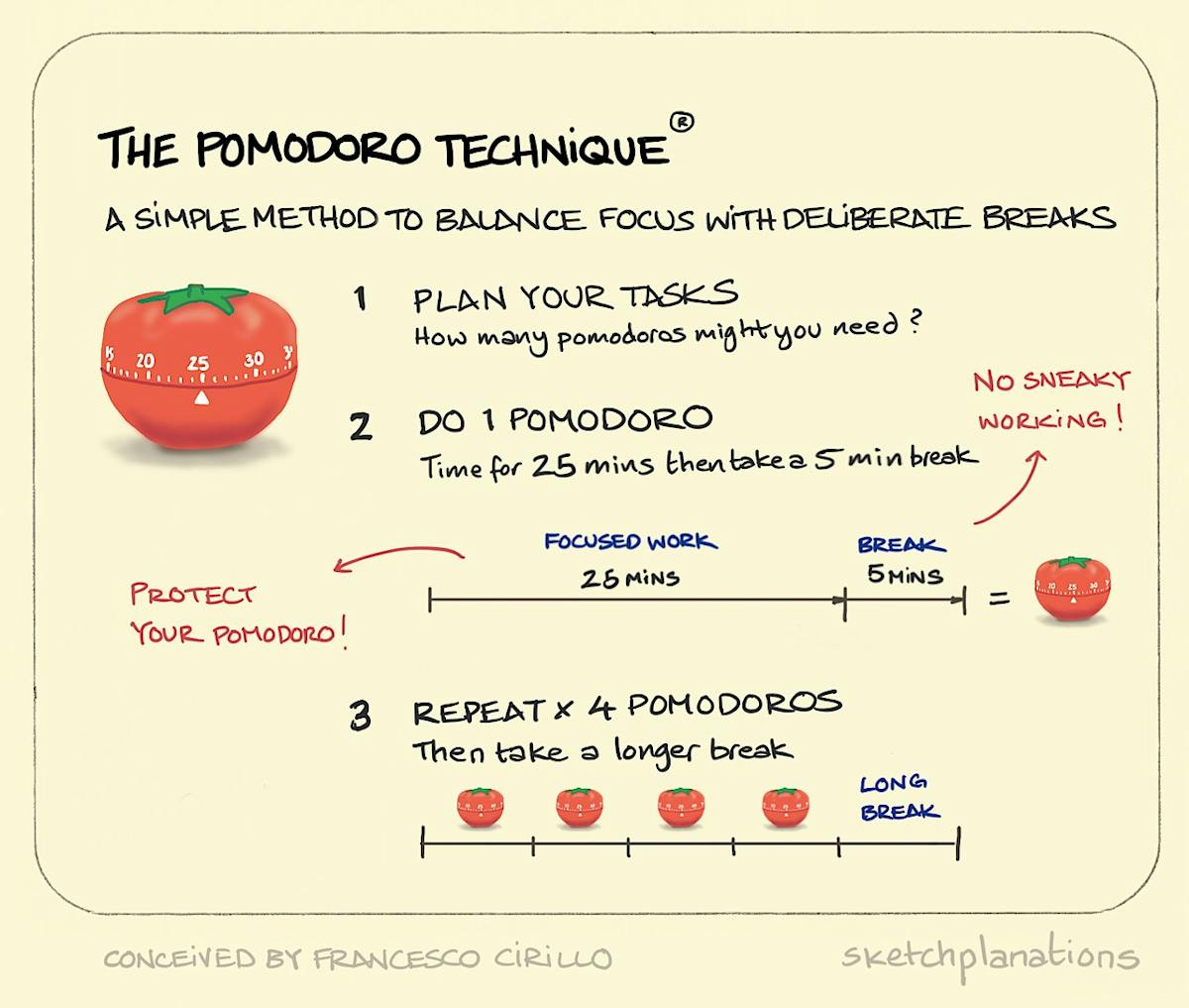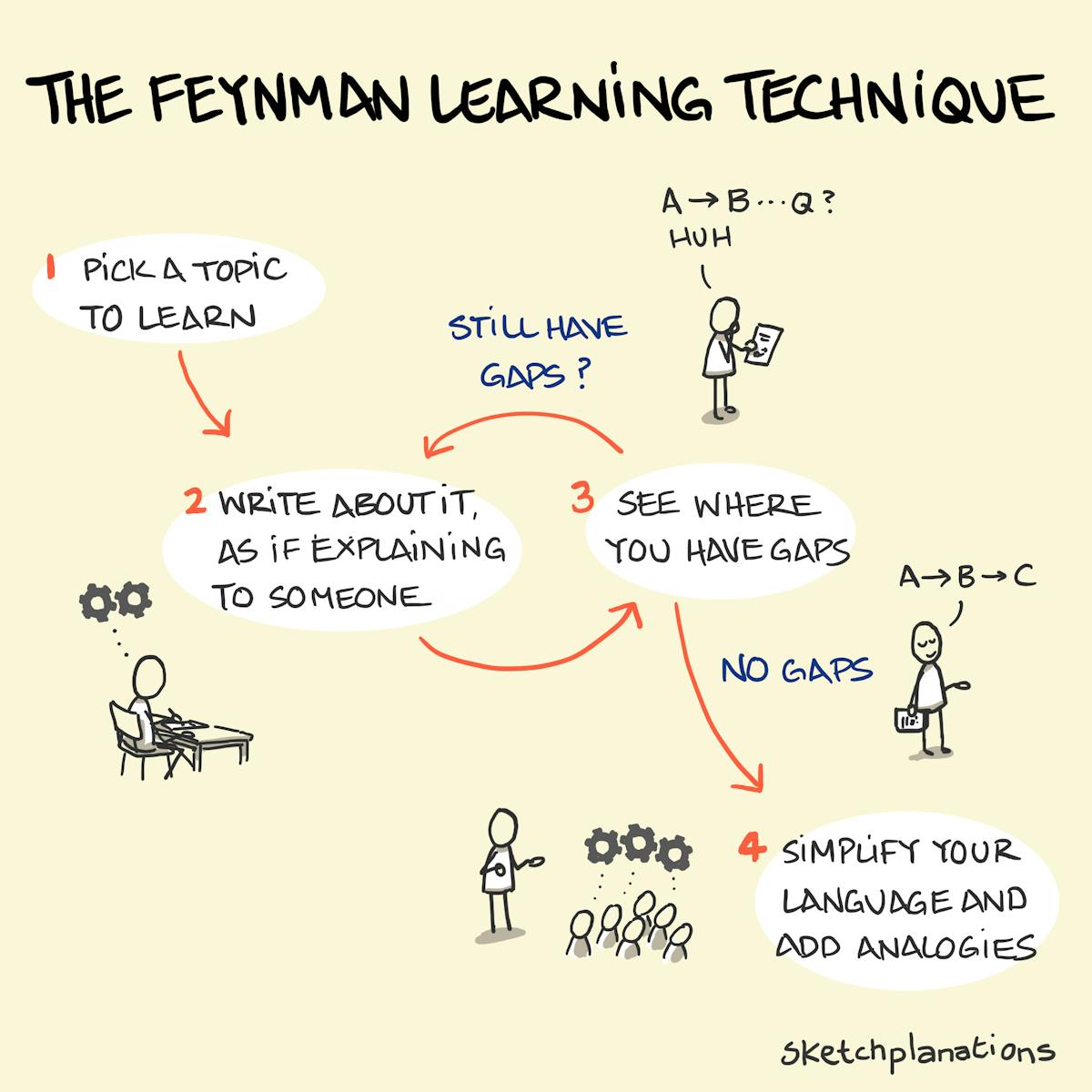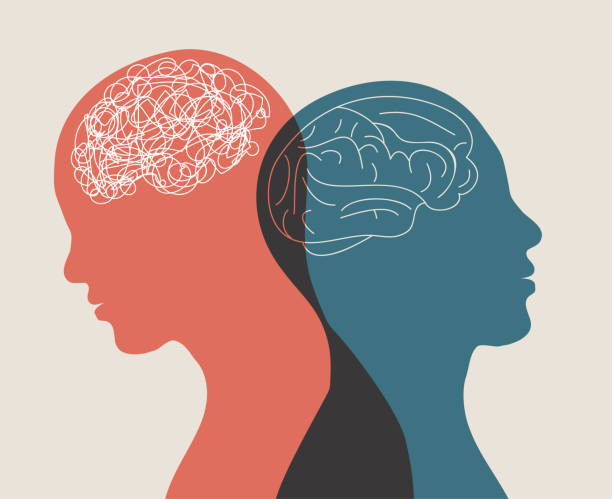Introduction
Understanding the psychology of studying is pivotal for enhancing learning and academic performance. Research in cognitive psychology offers evidence-based techniques that improve the effectiveness of studying by aligning with the way the brain processes and retains information.

Techniques for Effective Studying
Some effective strategies of studying include-
1. Retrieval Practice
- Retrieval practice, also known as the testing effect, involves recalling information from memory instead of passively reviewing it.
- This active recall strengthens memory and facilitates long-term retention (Roediger & Butler, 2011).
- For example, self-quizzing or using flashcards can significantly enhance learning outcomes.
2. Spaced Repetition
- The concept of spaced repetition suggests that distributing study sessions over time enhances memory retention compared to cramming.
- This approach is rooted in the spacing effect, which shows that information is better retained when revisited intermittently (Cepeda et al., 2006).

3. Interleaved Practice
- Interleaving involves mixing different topics or skills within a single study session. This contrasts with blocked practice, where a single topic is focused on intensively.
- Interleaved practice improves the brain’s ability to differentiate and apply knowledge across various contexts (Rohrer & Taylor, 2007).
4. Elaborative Interrogation
- Asking “why” or “how” questions about the study material promotes deeper understanding.
- Elaborative interrogation integrates new information with prior knowledge, enhancing comprehension and recall (Dunlosky et al., 2013).
5. Dual Coding
- Dual coding theory emphasizes using both verbal and visual representations of information.
- Combining words with images or diagrams engages multiple cognitive pathways, improving understanding and retention (Paivio, 1990).
6. Self-Explanation
- Self-explanation involves articulating one’s understanding of a concept in their own words.
- This technique encourages learners to reflect on and clarify their knowledge, filling gaps in understanding (Chi et al., 1994).
7. Mnemonics
- Mnemonics are memory aids, such as acronyms, rhymes, or associations, that facilitate the recall of complex information.
- They are particularly effective for memorizing lists or sequences (Higbee, 2001).
Read More- Breaking Bad Habits
8. Effective Note-Taking
- Active note-taking methods, such as the Cornell Method or mind mapping, improve engagement and retention.
- Organizing information meaningfully during the study process supports better comprehension (Pauk & Owens, 2010).
9. Time Management
- Effective time management and goal-setting strategies, such as the Pomodoro Technique (studying in focused intervals with breaks), increase productivity and prevent burnout (Cirillo, 2006).

Read More- Overcoming Procrastination
10. Minimizing Distractions
- A focused study environment free of distractions is crucial for optimizing concentration.
- Strategies like turning off notifications and organizing the workspace improve focus and information absorption (Carrier et al., 2015).
Feynman Technique
The Feynman Technique is a method for mastering complex concepts by simplifying them. It involves four key steps-
- Choose a Concept- Select a topic you want to understand deeply.
- Teach It Simply- Explain the concept in simple terms as if teaching a child. Avoid jargon and use plain language.
- Identify Gaps & Review- Find areas where your explanation is unclear or incomplete, then go back to your sources to strengthen your understanding.
- Simplify & Use Analogies- Refine your explanation using analogies and simpler terms until it is crystal clear.

This method helps reinforce learning, identify weaknesses, and enhance long-term retention.
Suppose you are trying to understand the concept of photosynthesis (how plants make their food using sunlight). Here’s how the Feynman Method would work-
Step 1: Choose a Concept
The topic you want to understand deeply is photosynthesis.
Step 2: Teach It Simply
Now, you explain photosynthesis in simple terms, as if teaching it to a child:
“Photosynthesis is like a cooking recipe for plants. Plants take sunlight, air (carbon dioxide), and water to make their food. They use sunlight as the energy to mix these ingredients, and the result is sugar (food) and oxygen (which goes into the air).”
Step 3: Identify Gaps & Review
When you explain this, you realize you don’t fully understand how the plant uses sunlight and water in the process. You feel like you’re missing details about the chemical reactions. So, you go back to your textbook and study more about chlorophyll and the light-dependent and light-independent reactions of photosynthesis.
Step 4: Simplify & Use Analogies
After reviewing, you refine your explanation-
“In the leaves of a plant, there’s a green substance called chlorophyll that catches sunlight. The plant uses this sunlight to break up water into oxygen and hydrogen. The hydrogen mixes with carbon dioxide (from the air) to make sugar. The sugar is the food for the plant, and oxygen is released into the air for us to breathe.”
You may also use an analogy-
“Think of a plant like a solar-powered factory. The sunlight is like the energy it uses to produce its food. Water and carbon dioxide are the ingredients, and the end product is sugar, which fuels the plant.”
Conclusion
Incorporating psychological principles into studying practices can enhance the learning experience. By using techniques such as retrieval practice, spaced repetition, and interleaved practice, students can optimize their study efforts and achieve better academic outcomes. Tailoring these strategies to individual needs further amplifies their effectiveness.
References
Carrier, L. M., Cheever, N. A., Rosen, L. D., Benitez, S., & Chang, J. (2015). Multitasking across generations: Multitasking choices and difficulty ratings in three generations of Americans. Computers in Human Behavior, 48, 340–345. https://doi.org/10.1016/j.chb.2015.01.034
Cepeda, N. J., Pashler, H., Vul, E., Wixted, J. T., & Rohrer, D. (2006). Distributed practice in verbal recall tasks: A review and quantitative synthesis. Psychological Bulletin, 132(3), 354–380. https://doi.org/10.1037/0033-2909.132.3.354
Chi, M. T. H., De Leeuw, N., Chiu, M.-H., & LaVancher, C. (1994). Eliciting self-explanations improves understanding. Cognitive Science, 18(3), 439–477. https://doi.org/10.1207/s15516709cog1803_3
Cirillo, F. (2006). The Pomodoro Technique. Francesco Cirillo.
Dunlosky, J., Rawson, K. A., Marsh, E. J., Nathan, M. J., & Willingham, D. T. (2013). Improving students’ learning with effective learning techniques: Promising directions from cognitive and educational psychology. Psychological Science in the Public Interest, 14(1), 4–58. https://doi.org/10.1177/1529100612453266
Higbee, K. L. (2001). Your memory: How it works and how to improve it. Da Capo Press.
Paivio, A. (1990). Mental representations: A dual coding approach. Oxford University Press.
Pauk, W., & Owens, R. J. Q. (2010). How to study in college (10th ed.). Cengage Learning.
Roediger, H. L., & Butler, A. C. (2011). The critical role of retrieval practice in long-term retention. Trends in Cognitive Sciences, 15(1), 20–27. https://doi.org/10.1016/j.tics.2010.09.003
Rohrer, D., & Taylor, K. (2007). The shuffling of mathematics problems improves learning. Instructional Science, 35(6), 481–498. https://doi.org/10.1007/s11251-007-9015-8
Subscribe to PsychUniverse
Get the latest updates and insights.
Join 3,022 other subscribers!
Niwlikar, B. A. (2025, January 14). 10 Easy Techniques to Study Effectively. PsychUniverse. https://psychuniverse.com/study-effectively/





Pingback: 3 Important Mnemonic Techniques to Enhance Memory - PsychUniverse
Pingback: 7 Effective Note-Making Techniques and the Psychological Principles Behind Them - PsychUniverse